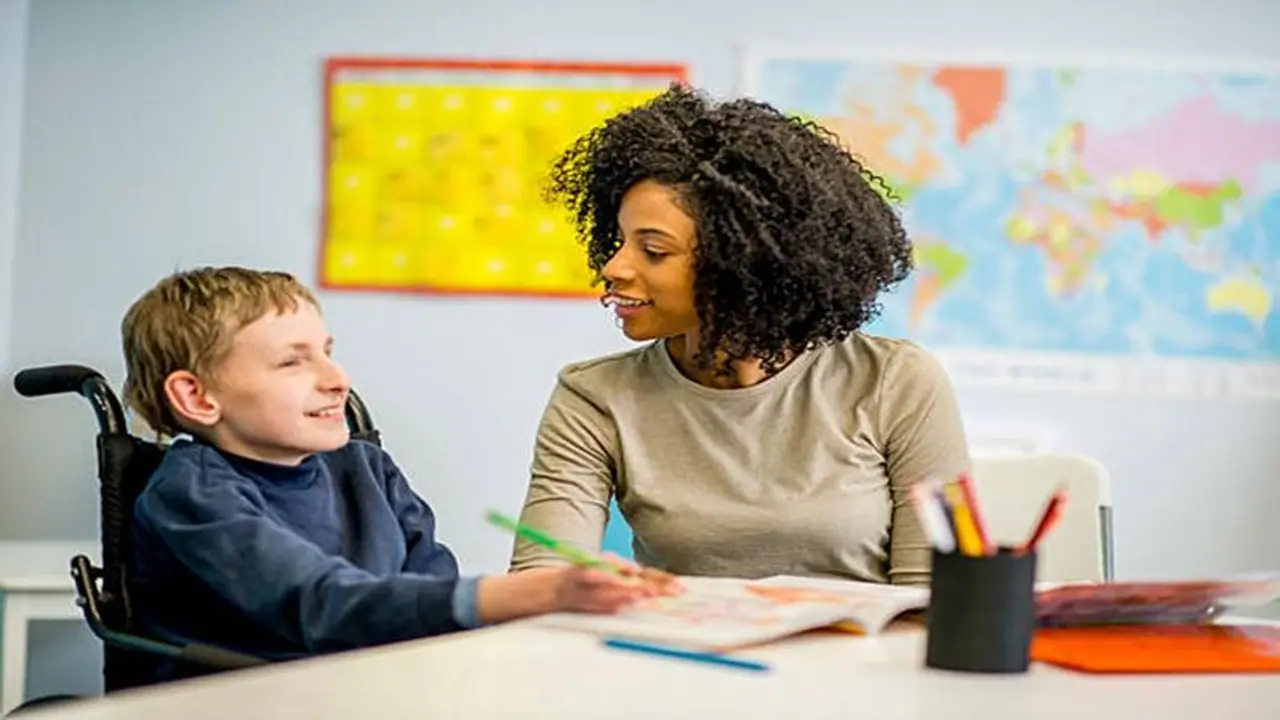In order to raise awareness of the importance of enhancing the lives of people with autism so they can live fulfilling lives and be valuable members of society, the United Nations General Assembly unanimously decided to designate April 2 as World Autism Awareness Day.
Every April, Autism Speaks observes World Autism Month, which starts on April 2 with the UN-approved World Autism Awareness Day.
Throughout the month, the main goals are to promote global support, develop understanding and acceptance of individuals with autism, and share personal stories.
People pledge to act bravely in support of change this year. In order to foster a society where people with autism are completely supported, advocated for, and honored, it is imperative that they collaborate to attain genuine acceptance.
Kids who suffer from developmental difficulties, such as autism spectrum disorder (ASD), frequently struggle to communicate with others. Though some can speak, their speech is ambiguous, and many are nonverbal. Acting out and being aggressive are two examples of negative behaviors that can sometimes be brought on by an inability to express needs, wants, and feelings.
Children with special needs may, fortunately, communicate their preferences and make requests using a variety of adaptive communication techniques.
While certain ASD sufferers may struggle to recognize tone, body language, and word meanings, others may have extremely sophisticated vocabularies and subject-specific expertise.
To help people with ASD develop their confidence and learn new abilities at their own pace, with a little support from you, autism communication techniques are crucial.
1. iPads and Additional Voice Output Technology: The iPad has a lot of advantages. They can be fully customized, are quite small and lightweight, can be updated regularly, and are reasonably priced when compared to other voice output devices. Other speech output devices that resemble iPads are also suitable for use with kids if they are introduced and trained properly. While they tend to be more costly and need more time to fix if they break, they have many of the same advantages as iPads.
2. Bubble Tubes: Bubble tubes are fascinating instruments that can help youngsters with ASD feel calmer. The person's attention span is being strengthened, and their capacity to sit with others while doing an activity is being developed by giving them the opportunity to enjoy the bubble tube without any interruptions. This prepares the user to participate in social events without feeling overburdened in the future.
3. Sound Boards: Since people with ASD don't always acquire the ability to speak orally, some autistic youngsters discover that using image boards or symbols helps them communicate. With the IRiS Soundboard, vocabulary and language development are strengthened through the use of interactive sound and graphic boards.
4. LED Fanlite: For those with ASD who have difficulty speaking and thinking clearly, the LED Fanlite provides an understandable explanation of cause and effect. For a non-verbal toddler, the fan is an engaging and interactive tool since it lights up in color whenever the user makes a sound. When a youngster sees light and color as rewards, they feel in control and may be more likely to speak up when they would otherwise be bashful or afraid to do so.
